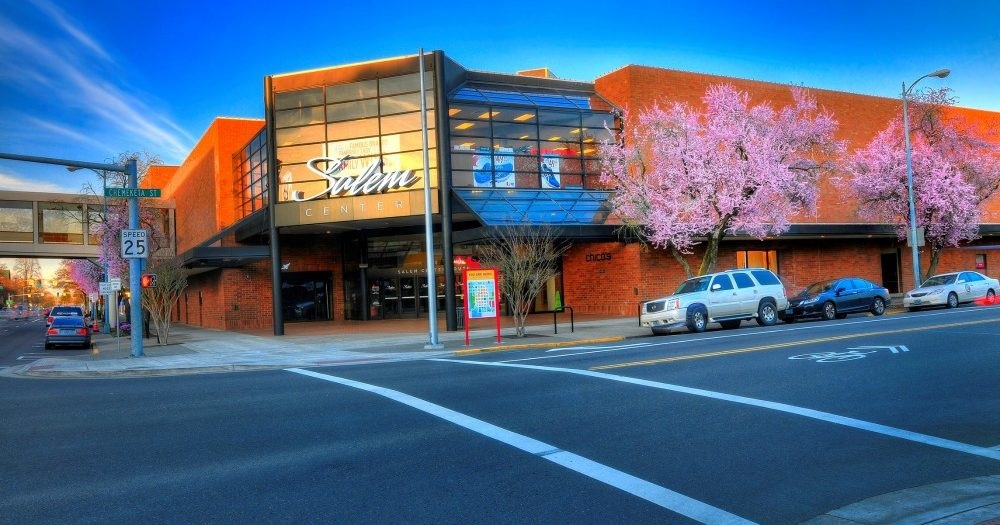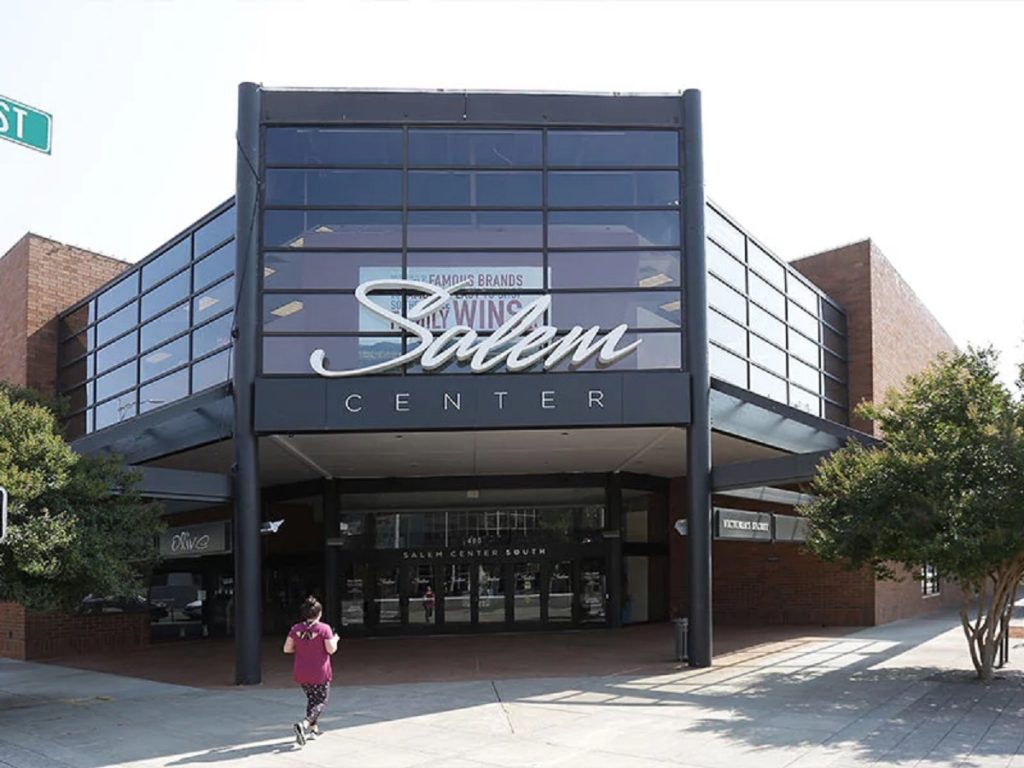Salem Center: The Evolution of Downtown Salem’s Multi‑Building Shopping & Community Hub
From 1979’s enclosed mall to a 21st‑century mixed‑use destination — discover the history, redevelopment, and future of Salem Center in downtown Salem, Oregon.

Located at 401 Center St NE in downtown Salem, Oregon, Salem Center is a multi‑building, enclosed shopping centre that has been a key commercial hub in the city’s core since its inception. Over the decades, Salem Center has undergone several transformations: from a dominant retail site in the Willamette Valley to a centre seeking new life in the 21st‑century era of e‑commerce and mixed‑use redevelopment.
Historical Origins & Early Development
-
The roots of Salem Center trace back to the 1950s when major department‑stores began locating in downtown Salem: for example, the Meier & Frank store opened on October 27 1955, marking a significant investment in the city’s commercial district.
-
The site previously hosted other freestanding retail buildings and a high school before redevelopment. For instance, the land for the Meier & Frank store was once the location of Salem High School.
-
In the late 1970s, as part of downtown revitalization efforts, the city cleared parcels bounded by Center, High, Marion and Liberty streets to make way for the enclosed shopping centre that would become Salem Center.
-
Construction of the main mall complex began in February 1979, and the officially named Salem Centre (later Salem Center) opened that year.

Architecture, Layout & Features
-
The centre covers around 650,000 sq ft of gross leasable area, with multiple buildings on both sides of Center Street, and includes sky‑bridges connecting anchor stores and parking structures.
-
It was designed to merge older freestanding department stores (such as Meier & Frank and J.C. Penney) into a unified mall structure via elevated sky‑bridges, which was a somewhat novel approach at the time.
-
Over time, renovations occurred: major interior remodels in 1988 and 1995 updated the look and flow of the centre.
Retail & Anchor Store Evolution
-
Anchor tenants have come and gone, illustrating the changing landscape of American retail. For example:
-
The Meier & Frank store was re‑branded as Macy’s in 2006.
-
The Nordstrom store closed in April 2018.
-
J.C. Penney closed its location on October 18 2020.
-
Macy’s announced closure of the downtown store by March 2025, leaving only some anchors remaining.
-
-
Amid these closures, new tenants and uses have been proposed: for instance, demolition of the former Nordstrom building in 2022 and the opening of residential /apartment units (e.g., the Rivenwood Apartments) on part of the site.
Current Redevelopment & Future Vision
-
In March 2024, a group of local investors acquired Salem Center and outlined plans for revitalizing the property, especially the large vacant anchor spaces.
-
For example, the former Macy’s building (acquired August 29 2024) will be redeveloped into smaller retail and entertainment units.
-
The shift reflects broader trends: moving from large department‑store anchors to mixed‑use, experiential retail, entertainment, residential and community‑oriented functions.
-
This transformation aims to re‑energise downtown Salem, making the centre not just a destination for shopping, but for leisure, living, and civic engagement.
Significance to Downtown Salem & the Community
-
For decades, Salem Center served as the retail heart of Salem and drew shoppers from the wider Willamette Valley.
-
Its evolution mirrors shifts in urban planning and retail economics: the centralized mall model of the late 20th century giving way to mixed‑use, pedestrian‑friendly, downtown‑oriented development.
-
Because it spans multiple buildings and streets, Salem Center has an integrative role in downtown connectivity: parking garages, sky‑bridges, pedestrian links, and adjacency to civic and cultural amenities.
-
The redevelopment efforts signal a live‑work‑play approach: the downtown district becomes more than shopping, aiming to attract residents, events, and diversified uses.
Visitor Experience & Practical Info
-
Location: 401 Center St NE, Downtown Salem, Oregon.
-
Visitors will find a variety of retail stores, dining options, and spaces undergoing change — expect active construction or redevelopment in some anchor zones.
-
Parking is significant, given the central urban site and existing infrastructure (e.g., sky‑bridges to garages) from the original design.
-
Because large tenants have left, visitors interested in newer uses should check the management / leasing site for updates on openings and events.

Challenges & Opportunities
-
Challenges: The closure of major department‑store anchors has left large vacant spaces, which can hurt foot traffic and the mall’s vibrancy if not re‑tenanted quickly. The changing retail market (online competition, experiential expectations) also places pressure on traditional malls.
-
Opportunities: Redevelopment provides a chance to reinvent the property: integrating entertainment venues, smaller boutique retail, apartments, co‑working spaces, community hubs, and public‑facing events. This can help Salem Center align with downtown revitalization goals and new consumer behaviours.
-
The investment by local owners suggests commitment to adapt and reposition the centre within the urban fabric of Salem rather than letting it stagnate.
Conclusion
Salem Center stands at a crossroads between its heritage as a classic enclosed shopping mall and its future as a mixed‑use urban centre for downtown Salem. Its history reflects mid‑20th century growth, while its present and future hinge on creative reuse, redevelopment, and making downtown Salem a vibrant, modern centre for living, shopping, leisure, and community. If successful, the transformation could serve as a model for how such malls can evolve rather than decline.



